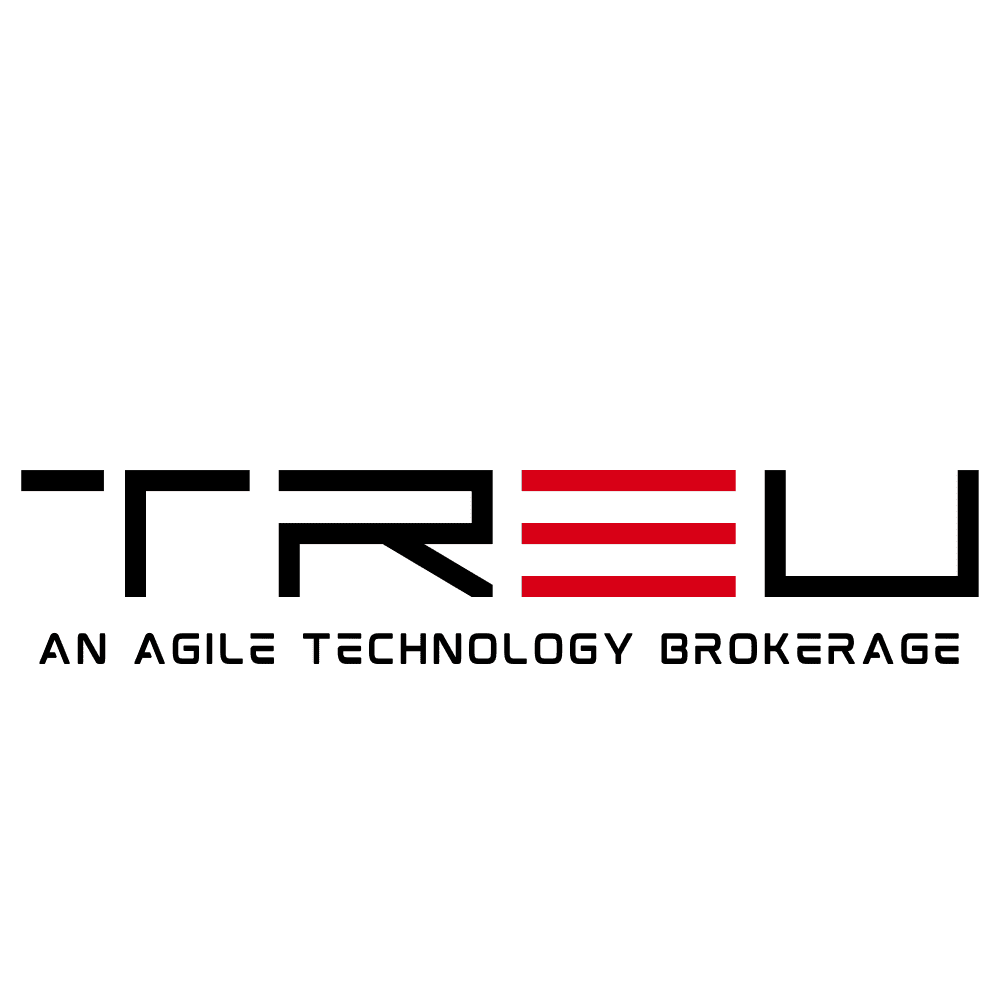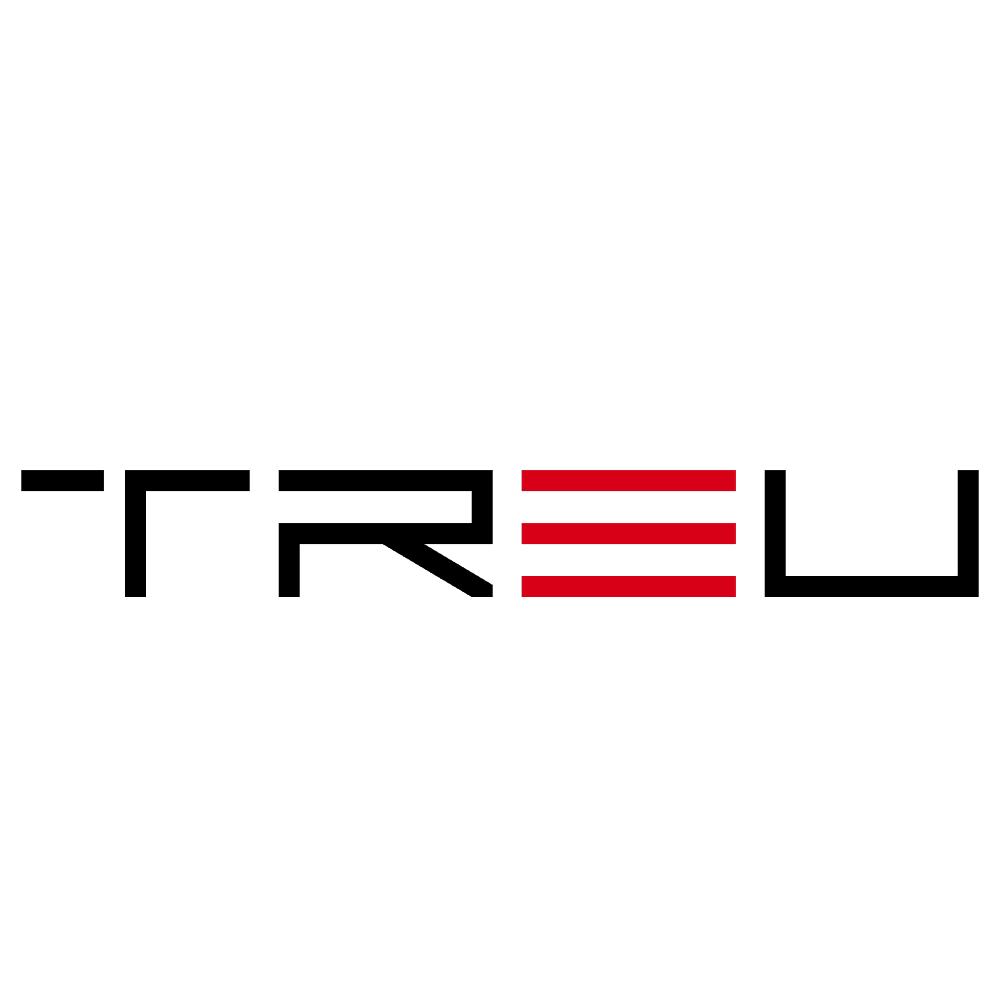How Dell Narrowed 800 GenAI Ideas Down to Just 8
Artificial Intelligence (AI) continues to revolutionize industries, and in recent years, Generative AI (GenAI) has taken center stage as a transformative technology. Capable of generating everything from text and images to complex code and business insights, GenAI offers enterprises groundbreaking opportunities. But how do companies move from the spark of potential to an actionable plan with measurable outcomes? That’s precisely the question Dell Technologies set out to answer.
The global tech giant began with 800 ideas for implementing GenAI across the company, carefully sifting through them to land on just 8 high-value projects that promised tangible ROI (return on investment). In this post, we’ll delve into how Dell streamlined their decision-making process and prioritized innovation that delivers maximum impact.
The Challenge: Sorting Through a Sea of AI Possibilities
It’s no secret that one of the biggest challenges for large enterprises adopting new technologies like GenAI is determining where to begin. Dell, with its sprawling network of teams, departments, and global operations, ran into a common obstacle: too many ideas, too few resources.
When new technologies emerge, organizations face the issue of balancing ambition with practicality. Sifting through hundreds of ideas, each with varying levels of feasibility, is no small feat. However, Dell knew that narrowing their scope was critical to realizing real-world outcomes rather than getting lost in endless brainstorming sessions.
The company amassed 800 ideas through brainstorming exercises and input from stakeholders across the organization. However, as Dell CTO John Roese explained, not all ideas are created equal. Many were ambitious but impractical, requiring too many resources or offering minimal return. The need for a structured evaluation process became apparent.
The Methodology for Prioritization
To distill 800 ideas into just 8 actionable projects, Dell relied on a rigorous methodology to ensure they focused only on high-impact use cases. Their process emphasized three key factors—feasibility, alignment with business goals, and ROI potential.
The 3-Step Approach Dell Used
1. Feasibility Assessment
Dell began by assessing how realistic each idea was. Feasibility took into account factors such as:
– The current technological capabilities of the company
– The training and integration required for teams to adopt the technology
– The costs and timeline associated with implementing the ideas
Any ideas that were deemed too complex, costly, or time-consuming were set aside early in the process.
2. Alignment with Strategic Goals
Next, Dell evaluated whether the proposed GenAI use cases aligned with its broader business objectives. GenAI projects that supported the company’s core mission of driving innovation and operational efficiency rose to the top of the list. Ideas that addressed real pain points—whether in product development, customer experience, or internal operations—were prioritized.
3. ROI Potential
Finally, Dell zeroed in on projects that promised the highest return on investment. The company applied both quantitative metrics (e.g., financial return, efficiency improvements) and qualitative considerations (e.g., enhanced customer satisfaction or competitive differentiation).
By focusing on these three pillars, Dell avoided shiny-object syndrome—chasing trends that look exciting but lack substance—and honed in on ideas that were both achievable and impactful.
The 8 Projects That Made the Cut
Out of the initial 800 ideas, Dell selected just 8 projects that best exemplified what GenAI could do for its business. While the company hasn’t disclosed all the details, examples of these high-priority initiatives include leveraging GenAI to streamline IT infrastructure management, product development, and internal workflows.
Here are 3 key areas where Dell’s GenAI projects are already creating measurable value:
1. Revolutionizing IT Support with GenAI
One of the standout projects involves applying GenAI to IT support services. By training models to troubleshoot problems, suggest solutions, and even predict future issues, Dell aims to transform its customer support experience. This use case not only improves response times but also reduces the strain on technical support staff.
2. Boosting Operational Efficiency
Another high-value application lies in improving internal processes. GenAI is being used to streamline workflows, automate documentation, and enhance communication across departments. For instance, automated report generation saves employees untold hours of repetitive work, allowing teams to focus on strategic initiatives instead.
3. Optimizing Product Development
Dell has also embraced GenAI to supercharge its product design and development pipeline. Whether it’s using AI to analyze customer feedback or identify gaps in the market, this initiative has led to faster innovation cycles and more customer-centric product releases.
Key Lessons from Dell’s GenAI Journey
Dell’s success in narrowing down 800 GenAI ideas to just 8 actionable projects offers valuable lessons for companies looking to adopt this powerful technology. Here’s what every business can learn from their approach:
– Start with a clear evaluation framework. Not every idea is worth pursuing. Focus on feasibility, business alignment, and ROI to keep your priorities grounded.
– Don’t chase all shiny opportunities. Instead, identify use cases that truly solve pain points or open new opportunities for competitive advantage.
– Embrace cross-functional collaboration. By soliciting input from various departments, Dell ensured its eventual projects reflected diverse needs and perspectives.
– Commit to measurable outcomes. GenAI is only valuable if it delivers tangible results. Success should be regularly evaluated through both data-driven metrics and qualitative feedback.
The Future of GenAI at Dell
Ultimately, Dell’s disciplined approach to GenAI highlights the importance of balancing ambition with execution. The company’s process of consolidating 800 ideas into 8 projects ensures that GenAI isn’t just a buzzword for Dell—it’s a growth driver.
As GenAI technologies continue to mature, Dell’s roadmap will likely expand further, exploring areas like predictive analytics, enhanced cloud experiences, and environmental sustainability. For now, their strategic focus on quality over quantity sets an example for businesses looking to harness AI without losing sight of their goals.
Final Thoughts
When it comes to adopting cutting-edge technologies like Generative AI, it’s tempting to dive into every potential application. However, as Dell’s journey shows, success lies in prioritization and discipline. By evaluating feasibility, ROI, and alignment with business goals, Dell transformed an overwhelming list of ideas into a focused plan that will drive real results.
As your organization explores GenAI adoption, consider following Dell’s lead. Start by posing the right questions: Which ideas are both feasible and impactful? How do they support our long-term goals? The answers will provide a solid foundation—one that ensures technology doesn’t just excite, but delivers.
Is your organization ready to unlock the power of Generative AI? Let Dell’s example help you move from inspiration to transformation, one strategic project at a time. Let us know how we can help

